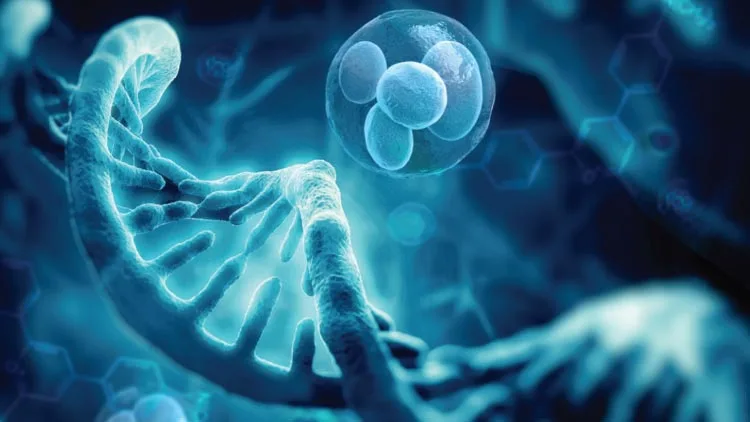You’ve probably heard or read about stem cells and the promise they show for addressing diseases and conditions that currently don’t have a cure. But, what are these cells in our bodies, and what do they do?
In this blog post, we’ll explain the basics of stem cells: what they are, what they do, and their role in regenerative medicine.
WHAT ARE STEM CELLS?
Our bodies are made up of cells. Each cell in our body has a specific purpose (also known as specialized cells). However, stem cells are cells that don’t yet have a specific role and can become whatever type the body needs.
Stem cells have the ability to divide, to form more cells, also known as daughter cells. These cells can either become stem cells or specialized cells with a specific function, which include blood cells, bone cells, brain cells, and more. In other words, stem cells are the body’s raw material: they provide new cells for our bodies and replace specialized cells that become damaged.
WHY ARE SPECIALISTS INTERESTED IN STEM CELLS?
Doctors and specialists are interested in stem cells because these powerful cells can potentially help in so many different fields of medicine. Research on stem cells is helping to explain how serious certain conditions come about and are being used to create cells and tissues for therapy. It is clear that stem cells show significant hope in various medical fields. Stem cell research may also help us:
- Understand how our bodies develop.
- Study how cells become specialized and what happens when this process goes wrong in disease.
- Generate new, healthy cells to replace those affected by diseases.
- Grow tissue and organ structures and test how they’re affected by different drugs.
- Be used to regenerate damaged and diseased tissues.
WHAT ROLE DO THEY PLAY IN REGENERATIVE MEDICINE?
Disease, injury, or other conditions can permanently damage cells, tissues, and organs. Regenerative medicine is a field of medicine that seeks to repair dysfunctional, diseased tissue by using stem cells and biological components related to stem cells. For example, researchers grow stem cells in a lab: they manipulate them to specialize into specific types, such as bone cells, heart muscle cells, etcetera. Then, these cells can be transplanted into a person to repair and heal their condition. Doctors can also activate stem cells lying dormant within a person.
Stem cells may be a way of generating new specialized cells that can later be transplanted into the body. And, since organ transplantation is usually limited in supply, stem cells bring hope to many.
BE THE CURE – PUT YOUR OWN STEM CELLS TO WORK!
Regenerative medicine with stem cells can be self-healing with the right assistance. If you’re looking to improve your health and address certain conditions such as old and injuries, chronic diseases, or want to slow down the toll of age – get in touch with ReCELLebrate to learn more about what you can do, and what options exist without the need for surgery.
Here, we want to help others to improve self-healing with less dependence on pharmaceuticals and surgery. Book your appointment today and be the cure – our regenerative medicine specialists are ready to assist you!

